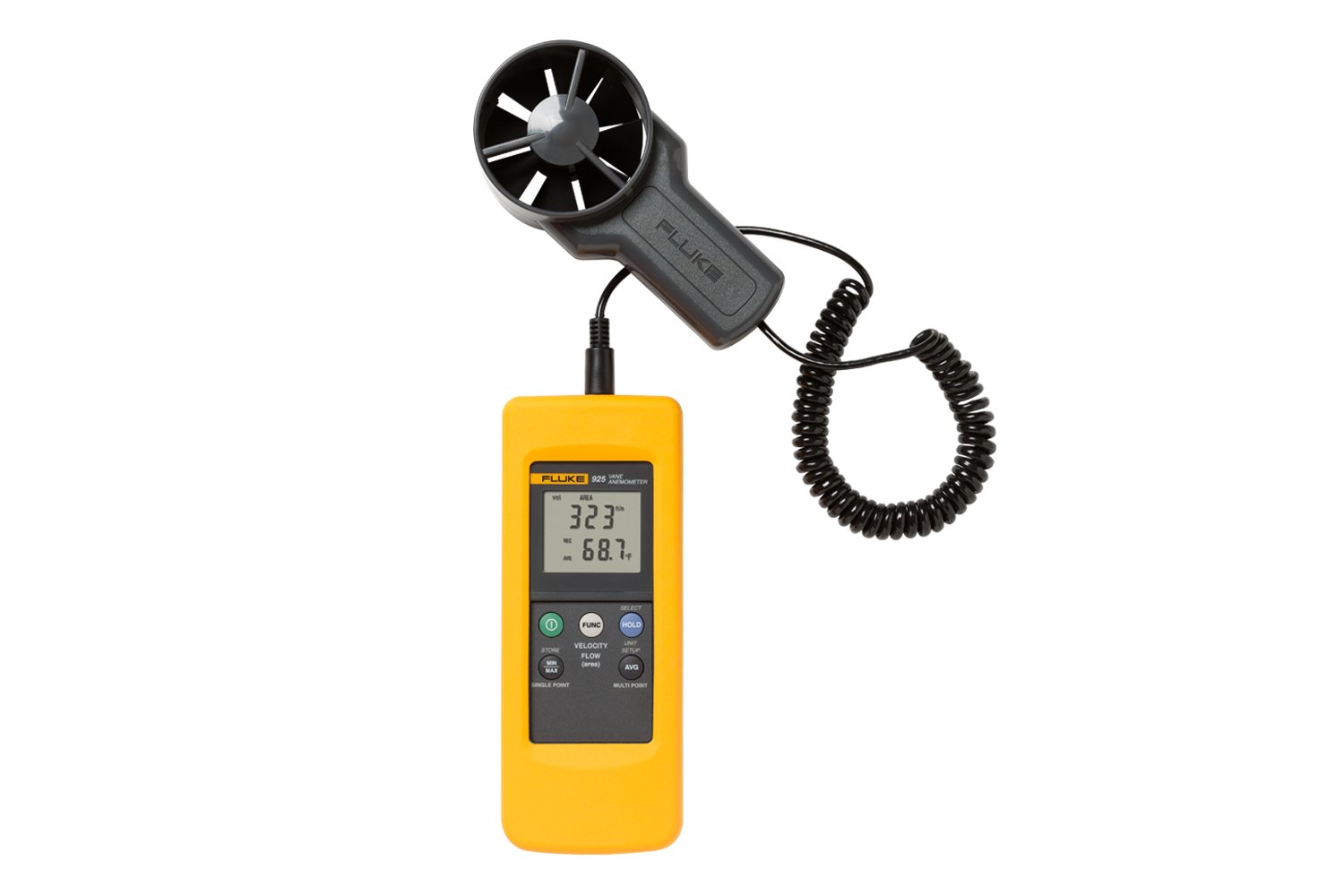Professional Tips for Adjusting Your Anemometer for Optimal Efficiency
Professional Tips for Adjusting Your Anemometer for Optimal Efficiency
Blog Article
Anemometers Introduced: Recognizing Their Relevance in Environmental Monitoring and Safety And Security Steps
The role of anemometers in environmental tracking and safety measures is often taken too lightly, yet their value is undeniable. These instruments have a lengthy history rooted in scientific questions and technological improvements, evolving to come to be essential devices in numerous fields. From meteorology to aviation security, anemometers play a crucial function in providing accurate information that notifies decision-making processes and boosts total safety. Comprehending the intricacies of anemometers unveils a globe of critical insights that are fundamental to our understanding of the atmosphere and the actions we take to make sure security.
History of Anemometers
The advancement of anemometers can be traced back to the ancient human beings where simple wind determining devices were first used. One of the earliest well-known anemometers was the hemispherical mug anemometer created by Leon Battista Alberti in the 15th century.
In the 18th century, the popular scientist John Thomas Romney Robinson introduced the Robinson anemometer, which featured four hemispherical mugs mounted on horizontal arms that extended from a central axis. This design became a requirement in atmospheric dimensions as a result of its precision and reliability. Over the years, innovations in modern technology resulted in the growth of even more modern anemometers, including ultrasonic anemometers and laser Doppler anemometers, using increased accuracy and performance in measuring wind speed and direction. The background of anemometers showcases an amazing journey of innovation and progression in the field of weather forecasting.
Sorts Of Anemometers
Throughout the area of weather forecasting, numerous kinds of anemometers have been created to accurately gauge wind speed and direction. Sonic anemometers use ultrasonic signals to gauge wind speed and direction precisely. Hot-wire anemometers operate based on the concept that the cooling impact of wind on a heated wire is symmetrical to the wind speed.
Applications in Weather Forecasting
Having actually discussed the various sorts of anemometers made use of in meteorology for measuring wind speed and direction, it is crucial to explore their practical applications in the area. Anemometers play a vital function in meteorology by giving exact and real-time information on wind problems (anemometer). Meteorologists make use of anemometers to check wind rate and instructions to forecast weather condition patterns, concern cautions for serious weather condition events like hurricanes, storms, and cyclones, and examine climatic conditions for air travel security
In meteorology, anemometers aid in understanding regional and local wind patterns, which are important for anticipating climate changes and figuring out weather trends. These devices are likewise used weblink in research to study microclimates, city warmth islands, and air contamination diffusion. Furthermore, anemometers are employed in agriculture to maximize crop administration techniques, such as irrigation and pesticide application, based upon wind conditions.
Significance in Aviation Security
An indispensable element of making certain aeronautics security hinges on the thorough monitoring of wind problems making use of anemometers. Anemometers play a critical function in aeronautics by giving real-time data on wind rate and direction, assisting pilots in making informed choices throughout liftoff, touchdown, and flight. Solid and uncertain winds he said can substantially affect airplane procedures, making it important for aviation authorities to count on accurate wind dimensions to make certain the safety and security of guests and team.

In the vibrant environment of aeronautics, where even minor adjustments in wind speed and instructions can have profound results, anemometers stand as indispensable tools for promoting protected and risk-free air travel.
Duty in Environmental Research Study
Anemometers play a vital duty in ecological study by supplying crucial information on wind rate and direction. By accurately determining wind attributes, anemometers help researchers examine the activity of toxins in the air, evaluate the influence of commercial exhausts, and predict the spread of contaminants in the environment.


Final Thought
In conclusion, anemometers have played an important duty in ecological monitoring and precaution. With a rich background and numerous types available, these tools have actually been commonly made use of in weather forecasting, aviation safety, and ecological research study. Comprehending the value of anemometers is vital for accurately measuring wind speed and instructions, which is important for forecasting climate patterns, guaranteeing safe aviation procedures, and conducting environmental researches navigate to this site - anemometer. Their payments to these fields can not be taken too lightly.
One of the earliest well-known anemometers was the hemispherical cup anemometer developed by Leon Battista Alberti in the 15th century. Over the years, innovations in technology led to the growth of even more modern-day anemometers, including ultrasonic anemometers and laser Doppler anemometers, using raised accuracy and effectiveness in measuring wind rate and direction. Hot-wire anemometers operate based on the principle that the cooling impact of wind on a heated wire is symmetrical to the wind speed. Meteorologists utilize anemometers to monitor wind speed and instructions to forecast climate patterns, concern warnings for extreme weather events like storms, hurricanes, and tornadoes, and evaluate climatic conditions for aviation safety and security.
Understanding the relevance of anemometers is vital for accurately measuring wind rate and instructions, which is essential for forecasting climate patterns, guaranteeing secure aviation operations, and conducting ecological research studies. (anemometer)
Report this page